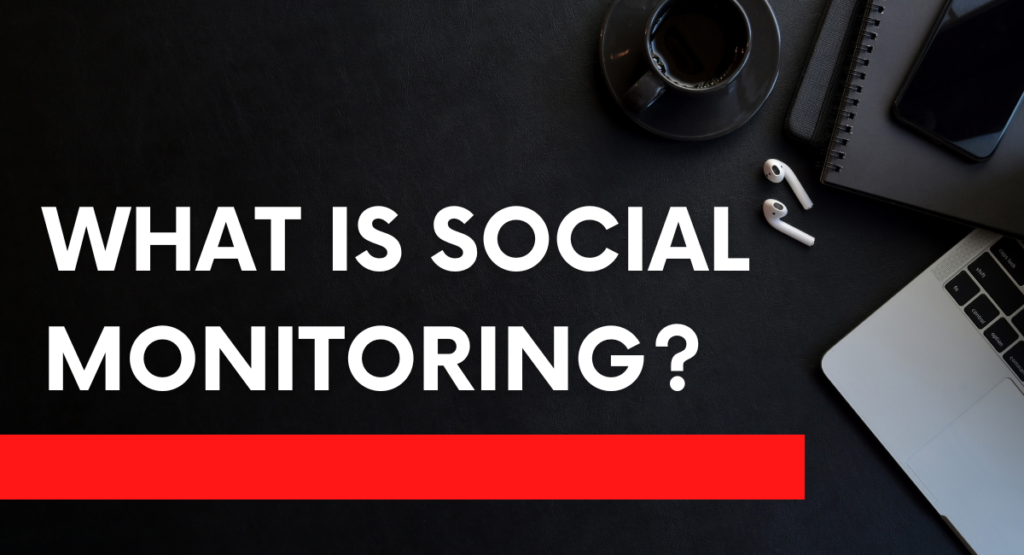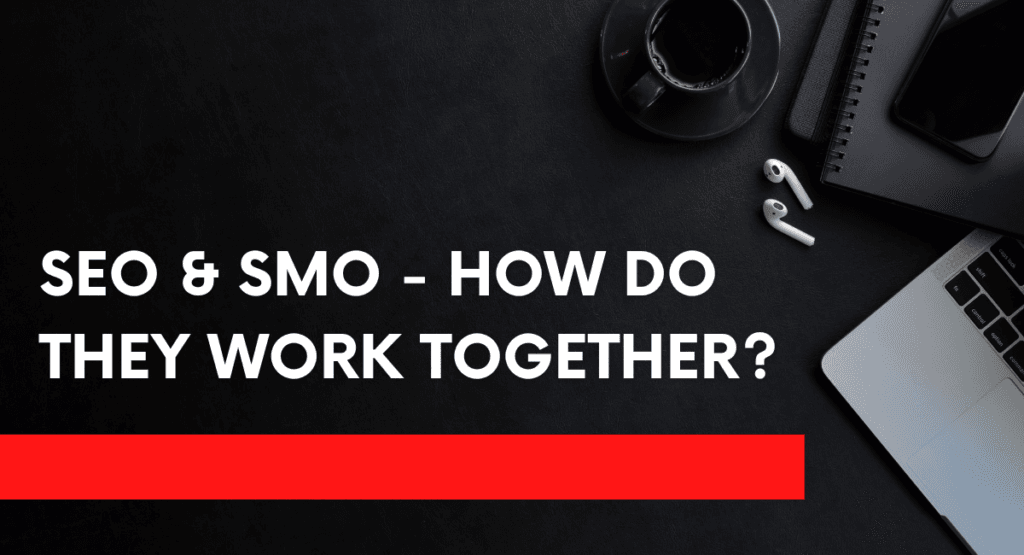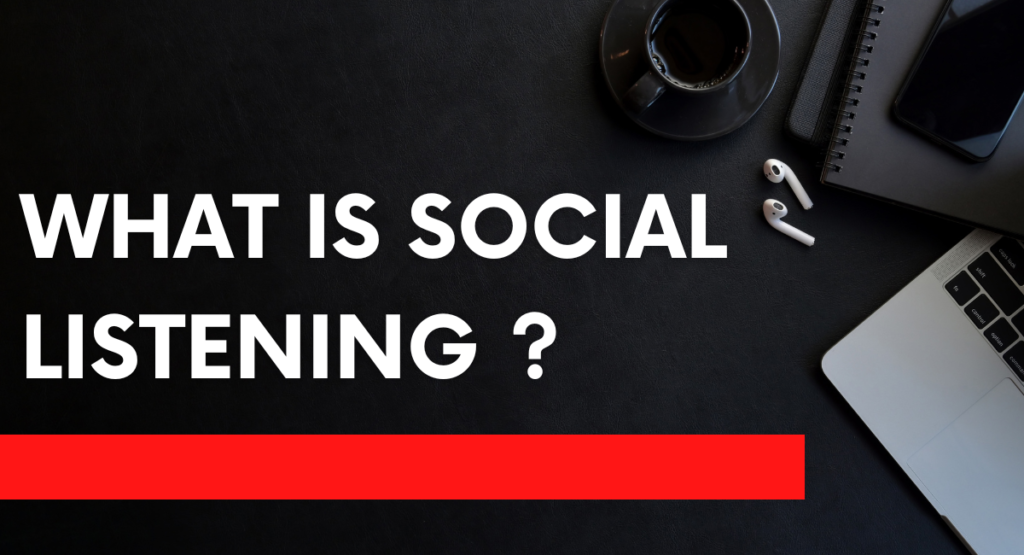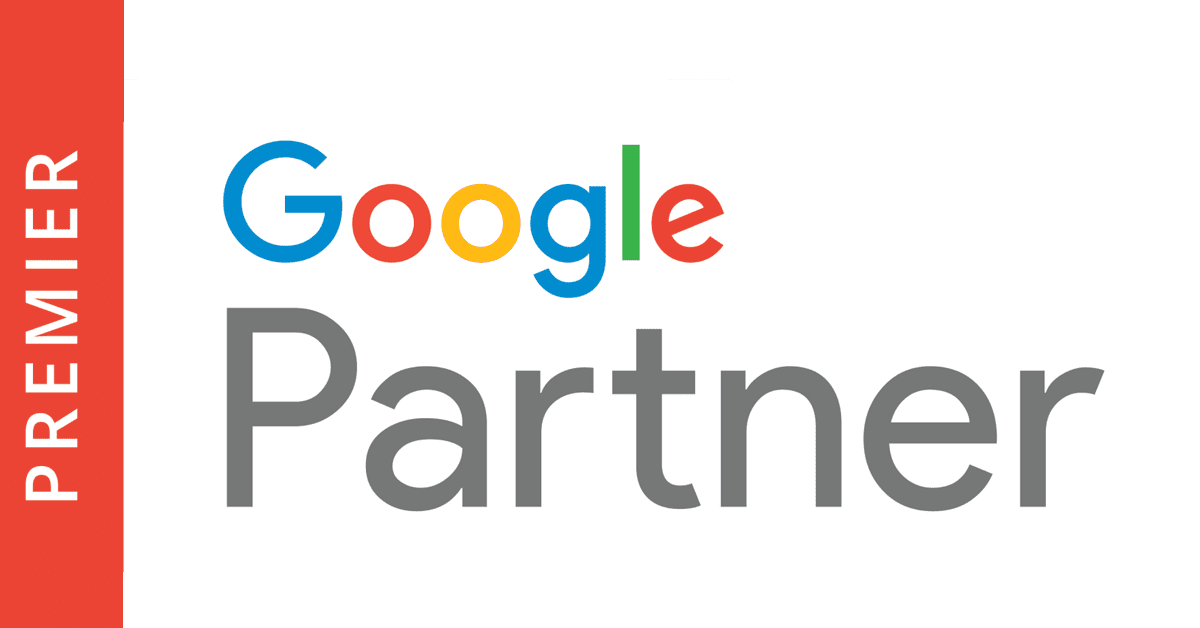Introduction: The Growing Importance of Social Monitoring
Social monitoring is an important tool in tracking what people are saying about your brand online. As the world is becoming increasingly online, it makes businesses aware of how people feel about them and, hence, has a great importance for reputation management and establishment of customer relationships through swift response and actionable insights that can prove to be vital for successful engagement.
Overview of social monitoring and its relevance in today’s digital landscape
Social monitoring monitors mentions, trends, and comments across all social media sites. It gives relevance to brands, allows strategy adjustment as per the behavior of the market, and enables proactive anticipation in order to avoid customer complaints. It is thus the most valuable tool for today’s fast digitized world.
The difference between social monitoring and social listening
Social Monitoring tracks mentions while engaging in real-time measurements and actions. Social listening tends to break down feelings, patterns or trends that may help brands plan medium- or long-term strategies and even make decisions.
Why social monitoring is critical for brand management and customer relations
Social monitoring allows for timely responses to customer complaints, manages reputation, predicts potential crises, and strengthens relationships as it shows customers the value of service, thus strengthening trust and loyalty in competitive markets.
How Social Monitoring Works
Social monitoring tracks the online mentions, evaluates engagement and harvests actionable information using tools, such as Hootsuite or Brand24, to track the public’s opinion.
The Process of Social Monitoring
Social monitoring monitors social mentions, interactions, and reviews through the use of tools to track a brand’s sentiment metrics, reach, engagement, and reputation.
Tracking social media mentions, comments, and interactions
It is through tracking mentions, comments and other means of engagement that brands get to understand the sentiment and know how to respond accordingly to feedbacks. Active tracking will ensure there are timely responses and improved customer relationships.
Tools and platforms used for monitoring social media activity
Hootsuite, Mention, and Brand24 track mentions, analyze sentiment, and monitor trends across several platforms to provide insights on improving engagement, reputation, and content strategy.
Key metrics and data points that are tracked during social monitoring
These are the metrics and data points being followed: engagement rate, sentiment analysis, share of voice, reach, impressions, and customer feedback. All these are insights into how the brand is doing and what audience thinks.
Key Aspects of Social Monitoring
Social monitoring involves the tracking of mentions, conducting of sentiment analysis, competitor activity, and following up on industry trends. It engages with the activities to maintain the reputation while simultaneously deploying data-driven marketing strategies.
Identifying brand mentions and tracking user engagement
Good social monitoring involves tracking mentions, hashtags, and discussions-both direct and indirect-to see how customers view the brand. Tracking user engagement refines the content, boosts customer service, and increases loyalty to the brand.
Monitoring competitor activity and industry trends
By competitor’s strategy, campaign, and audience engagement, one is able to run a business a step ahead. The latest trends of the industry being analyzed will offer an insight into market movements, and by this, the brands have to adapt themselves to innovate ahead.
Real-time alerts for mentions and comments about your brand
Brands can respond to mentions, comments, and queries of customers on time because of alerts so better management of reputation.
Benefits of Social Monitoring for Brands
Better reputation management and customer services, competitive analysis, strategy on content making, and decision support based on actionable insights.
Managing Brand Reputation
It will be able to find the negative comments and maintain a good image while communicating with the customer. Reputation management proactively builds trust, boosts brand credibility, and leads to loyalty from customers.
How social monitoring helps businesses track online sentiment
Businesses can analyze public perception with the help of customer feedback analysis, reviews, and social media mentions. Sentiment analysis tools identify trends, address concerns, and adapt strategies to ensure that a brand stays strong and positive.
Quickly identifying and addressing negative feedback or reviews
Make it in the shortest time possible so as to detect all the negative reviews and deal with the situation as soon as possible without letting an issue crop up without derogating the brand image.
Proactively managing public perception through real-time responses
With real-time social monitoring, the concerns and myths of the brand are addressed on the spot; correct them if possible, contact the audience at once, and allow for timely intervention to decrease the risks of PR crisis.
Improving Customer Service and Engagement
Social monitoring will help brands react promptly to the question or complaint by the customer and interact actively with customers. Analyzing the feedback assists the company in building increased customer satisfaction and loyalty, hence a more personalized brand experience.
Using social media to offer customer support in real-time
Social media monitoring can help users have an enhanced experience with the establishment of trust by providing an instant response towards questions or complaints of the customers through social channels.
Engaging with customers and building stronger relationships
Meaningful connections made through social monitoring build relationships, intensify customer loyalty, and heighten community links.
The role of social monitoring in improving customer satisfaction and loyalty
Through Social Monitoring Monitor and act on insights for the best results, showing that your brand cares about quality service.
Competitive Analysis and Market Insights
Social monitoring will reveal what the competitors are doing, what customers like, and industry trends surfacing to help in strategic decisions.
Tracking competitors’ social media activity to gain strategic insights
Focus on campaign by the competitor, audience engagement, and feedback for opportunities to make strategy as perfect as possible
Monitoring customer opinions about competitors to inform your strategy
Customer opinion about the gap in the competitor’s market and how that translates to entering spaces your brand can most competitively fill.
Understanding industry trends through social media discussions
Social media discussions provide insight into shifting industry trends, adjusting consumer preference levels and markets. Analysis of the conversations will keep your business at the top of the competition while anticipating change and alignment according to audience interests and demands.
Influence on Content Strategy and Campaigns
Social monitoring helps a brand generate relevant, meaningful content since it indicates what and why people find relevance with audiences. Campaign messaging will thus be influenced, while increasing engagement enhances marketing relevance and effectiveness.
How social monitoring can help shape effective content creation
Determining the overall public sentiment of an organization can be through customer reviews and feedback or mentions on social media using sentiment analysis. Advanced tools with trend identification, meeting concerns, and adjustments enable better maintenance of healthy, positive branding by companies.
Identifying popular topics, hashtags, and conversations for content ideas
In the same way, brands can also get new ideas for content based on trending topics, viral talks, and topics of interest that are being posted in their fields. Real-time data will make sure that it is fresh, relevant, and shows that it is actually up for discussion or search.
Tailoring marketing campaigns based on customer feedback
Social feedback refines the campaigns while providing customer-centric strategies that help resonate with audiences.
Social Monitoring Tools and Best Practices
For proper monitoring, one has to select a few of the best tools along with suitable practice so that efforts and results could be maximized.
Popular Social Monitoring Tools
The brands include the names of Mention, Sprout Social, and Google Alerts that seem to provide more facilities than other brands. They provide the users with the assessment of sentiment along with the competition analysis
Overview of tools like Hootsuite, Mention, and Brand24
The three most powerful tools for social media monitoring are Hootsuite, Mention, and Brand24. Hootsuite schedules posts, tracks engagement, while Mention keeps track of mentions in real-time, and Brand24 analyzes the online conversations to give insights.
Features to look for in social monitoring platforms
These will contain the live alerts, sentiments, multi-platform, and analytics features that will help in better-informed key decisions.
Best Practices for Effective Social Monitoring
Use tools and strategies to track conversations online, analyze audience sentiment, and discern trends. Do periodic performance review to stay on top, engage better, and improve the image of your brand.
Setting clear goals for what you want to monitor and track
Define clear objectives, like brand mentions, customer sentiment, competitor analysis, or industry trends, to focus your efforts and derive actionable from the social media monitoring activities.
Monitoring across multiple platforms and social channels
Expand the monitoring effort to comprise all the significant platforms on which your audience is active. This way, it covers the whole gamut of conversations, trends, and feedback happening across multiple social channels.
Using data insights to adapt your marketing, communication, and customer service strategies
Make a shift with campaign usage by exploiting the insights on social media communication approach modifications improved customer service: The brand response has to become responsive relevant; sensitive towards requirements; expectations audiences.
Challenges in Social Monitoring and How to Overcome Them
Technologies and tools can be perfected along with prioritizing the deep, insightful points in order to overcome data overload, inaccuracies in sentiment analysis, and constant changes in technology.
Dealing with Information Overload
Streamline data collection by filtering for relevant keywords, mentions, or platforms to manage the influx of information effectively.
How to filter relevant data amidst the noise of social media
Filtering on the basis of relevant keywords, mentions, or platforms would decrease unnecessary gathering of data thus not letting information overwhelm.
Tools and techniques to manage large volumes of social media mentions
Automaton tools and high impact conversations ensure focused monitoring with efficient analysis of data
Sentiment Analysis and Accuracy
The automated tools will improve the sentiment through a manual check on critical mentions that will give the right and maximum accuracy to the gathering for expressing customer emotions.
Understanding the limitations of automated sentiment analysis
AI tools, which are gathering inputs manually, so that fine-tuning can happen in sentiment analysis to fetch the proper reliable insights.
How to refine sentiment tracking for accurate insights
It can fine-tune sentiment tracking by including AI tools with human review, contextual understanding, analysis of slang and sarcasm, and periodic updating of algorithms according to changing language trends. Accuracy has to be improved continuously through customer feedback.
The Future of Social Monitoring
AI and Predictive Analytics and Voice Monitoring revolutionize real-time monitoring and customer engagement
Evolving Technologies in Social Monitoring
Artificial Intelligence and ML are great tools in the respect that it would make it much easier for one to streamline their analyses but accuracy regarding actual shades of trend and sentiments about the platforms they analyze.
The role of AI and machine learning in refining social monitoring processes
Social monitoring becomes easy with AI and machine learning in analyzing the data automatically, extracting sentiment trends, detecting anomalies, and predicting the behavior of customers. All these technologies enable making insights faster, more accurate, and allowing businesses to respond proactively to improve strategies.
Future trends like predictive analytics and voice monitoring
It will also face a total flip in how it monitors and tries to predict based on what consumers want and eventually reach out through the voice search predictive analytics.
How social monitoring is expected to evolve in the coming years
Social monitoring will undergo a complete transformation by incorporating smarter artificial intelligence, predictive power, and multi-channel insight in order to provide a far more accurate solution when it comes to customer engagement.
Conclusion
Social monitoring is a means of gathering insights about brand talks, customer emotional feedback, and general industry perspectives across digital channels. This unlocks potential for the reach of your brand to users’ hearts by generating interaction potential and reputability through fine-tuned marketing tools. Brands, hence, stay on top due to better engagement through meaningful experiences by using tools such as social monitoring.
FAQ’s About Social Monitoring
How can social monitoring help manage a brand’s reputation?
It tracks feedback and sentiment and enables timely responses, protecting and enhancing brand reputation.
What are the best social monitoring tools?
Hootsuite, Mention, and Brand24 are top tools to track mentions, sentiment, and social activity.
How does social monitoring help with customer service?
It helps businesses respond instantly, address problems, and communicate with customers to better satisfy customers.
Can social monitoring provide insights into competitors?
Yes, it can track competitor strategies, customer feedback, and industry trends in order to better adjust business approaches.






